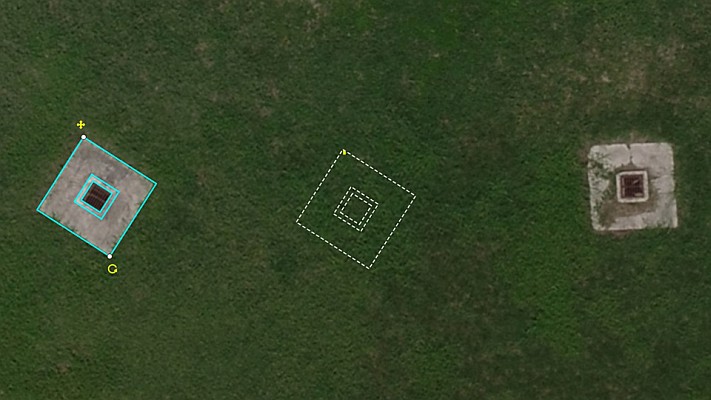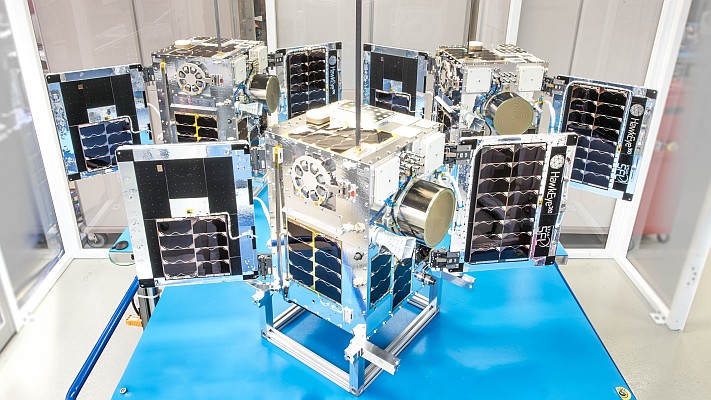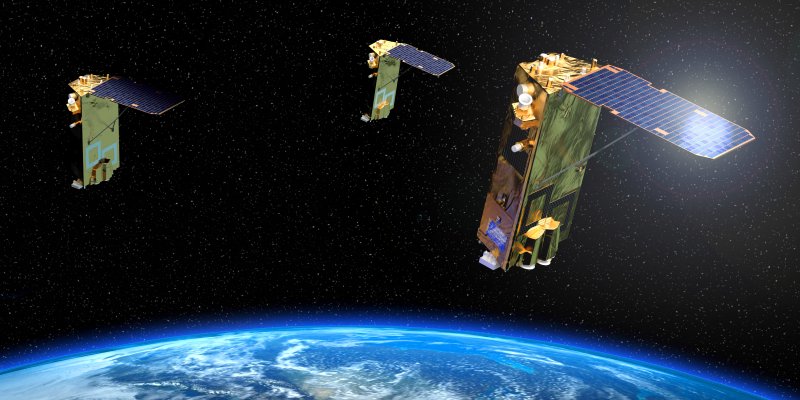Stanford University scientists have produced the first-ever high-resolution carbon geography of Peru, a country whose tropical forests are among the world’s most vital in terms of mitigating the global impact of climate change.
Released July 29, the 69-page report to Peru’s Ministry of the Environmentcould become a tool itself to battle rising temperatures, offering unprecedented data for the creation of carbon offset programs. It is complete with vivid 3-D maps that pinpoint with a high degree of certainty the carbon density of Peru’s vast

nd varied landscape, from its western deserts and savannas, to its lowland forests, to its soaring Andean peaks, to its lush eastern Amazon rainforests.
The maps also reveal in sharp detail what’s missing: large swaths of once carbon-laden jungles now stripped bare by the extraction industry. Many of Peru’s gold, copper and silver mines operate legally; many of them do not. Environmental devastation is often the result.
The report represents two years of intensive aerial surveying by Greg Asner, of Stanford University, and his team which operates the Carnegie Airborne Observatory.
The observatory is actually a twin-engine turboprop Dornier 228 filled with more than $10 million in the latest short-wave and infrared sensors. Those tools can scan up to 100,000 hectares (240,000 acres) a day at a density of just one hectare (2.4 acres). At that level of precision, the data reveal not only the height of the trees below, but also the individual leaves on each tree as well as the chemical activity in all those leaves.
Asner’s team sampled 16 million acres of ecosystems within Peru’s 320-million total acreage. Those samples were scaled up to a country-wide map using field plots and existing satellite imagery. In the map below, the colors indicate how much carbon is stored above ground. The scale goes from blue — zero carbon —to dark red in the highest areas.
The report found, for example, that 53 percent of all Peruvian carbon is stored in one large Amazonian region — Loreto, followed by Ucayali and Madre de Dios (26 percent combined).The map is so detailed it can even see individual farms.
Ideally, Peru will use these maps to steer development and extraction away from areas of highest carbon density; ideally, it will be rewarded by the industrialized world with carbon offset investments for doing so. Ideally, Asner’s high-resolution maps in Peru — which cost $1.2 million in private funding to produce — will be replicated in other countries dense with carbon-bearing tropical forests to help bolster the global carbon market and conserve more tropical forests.
Source: Business Insider






